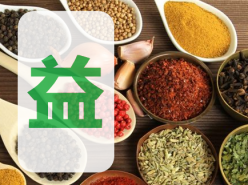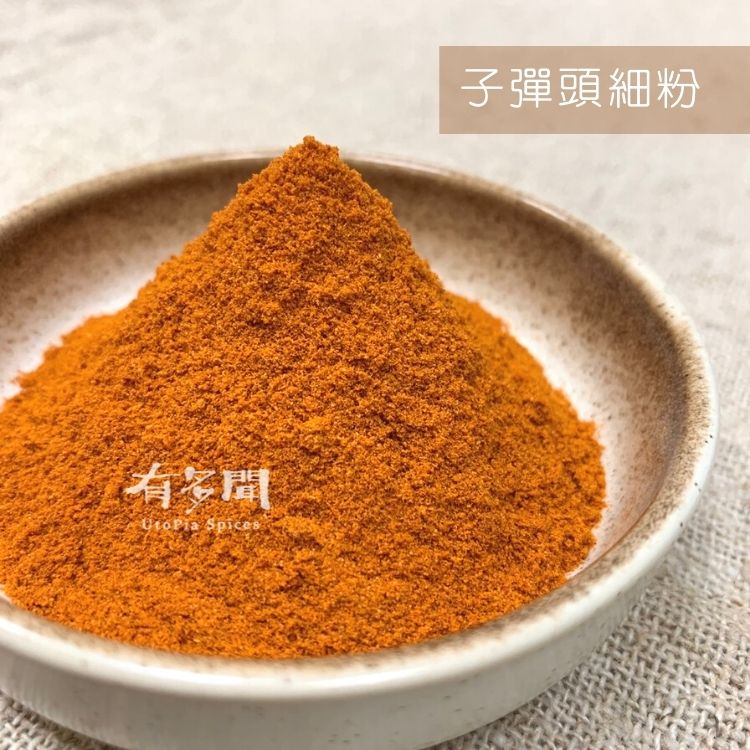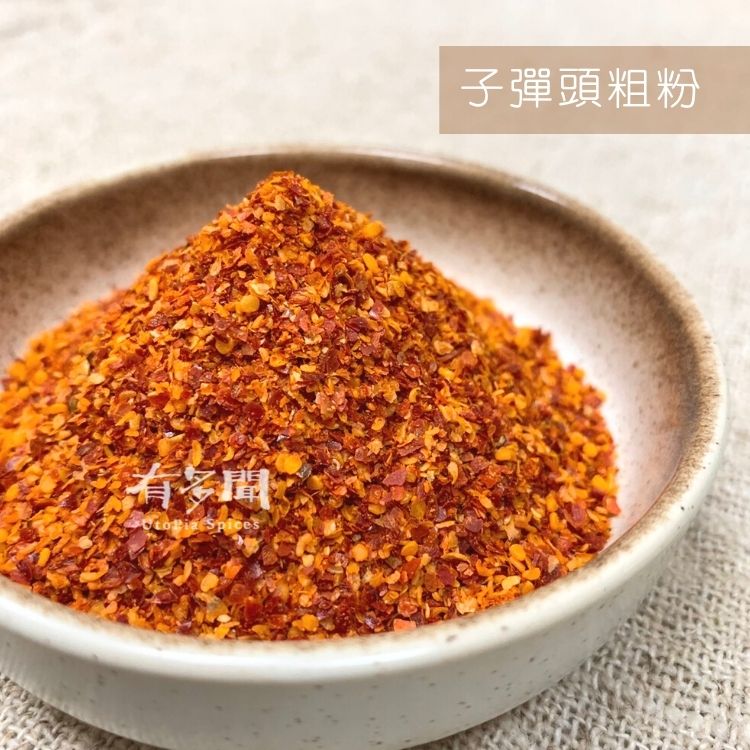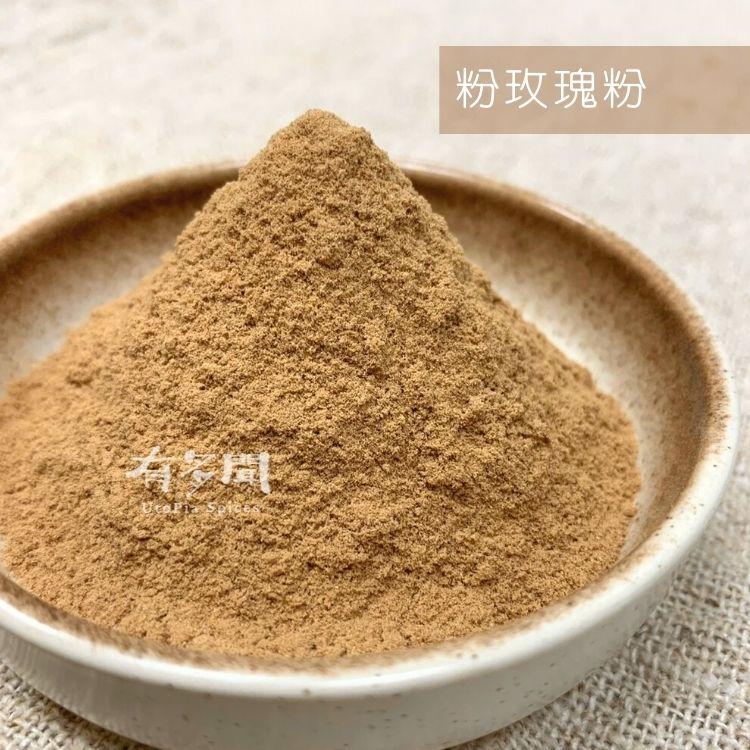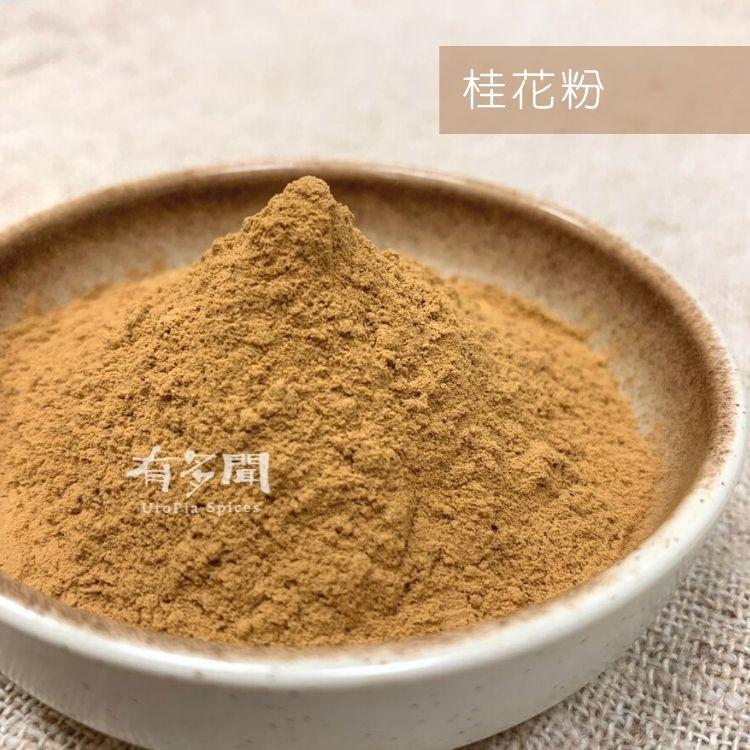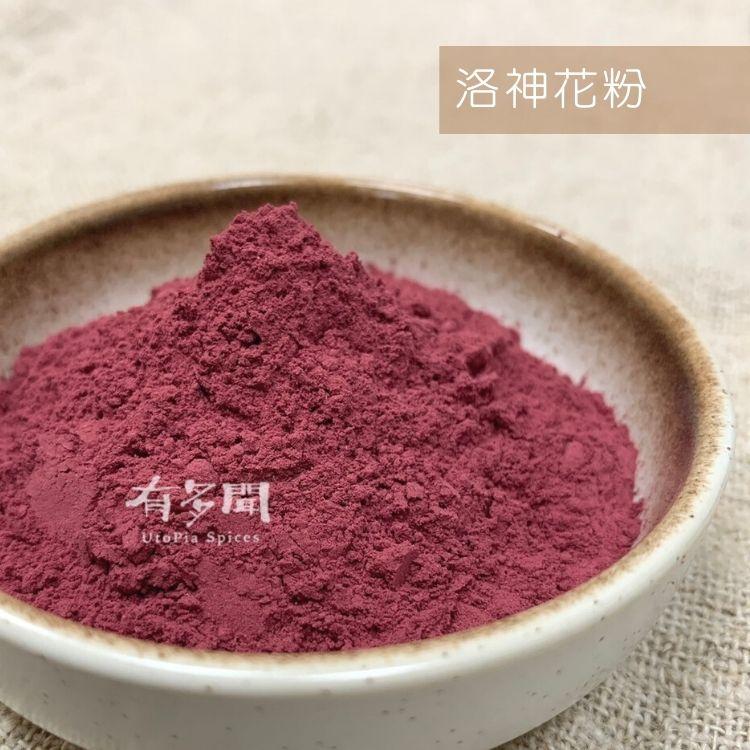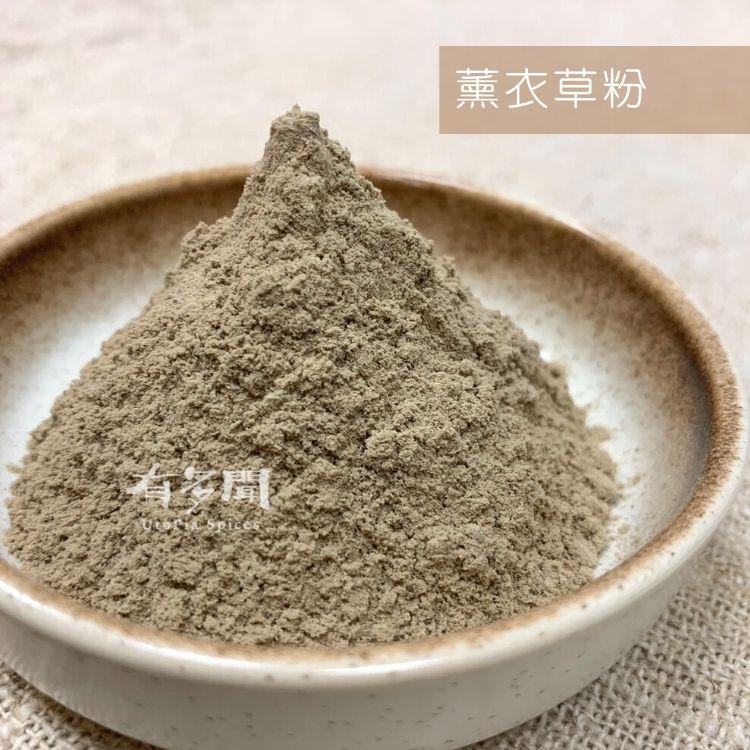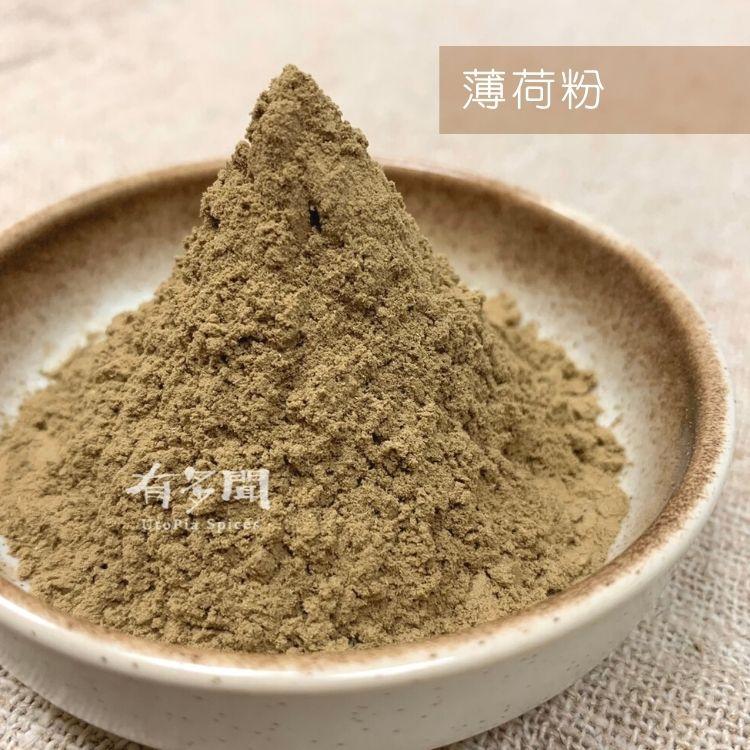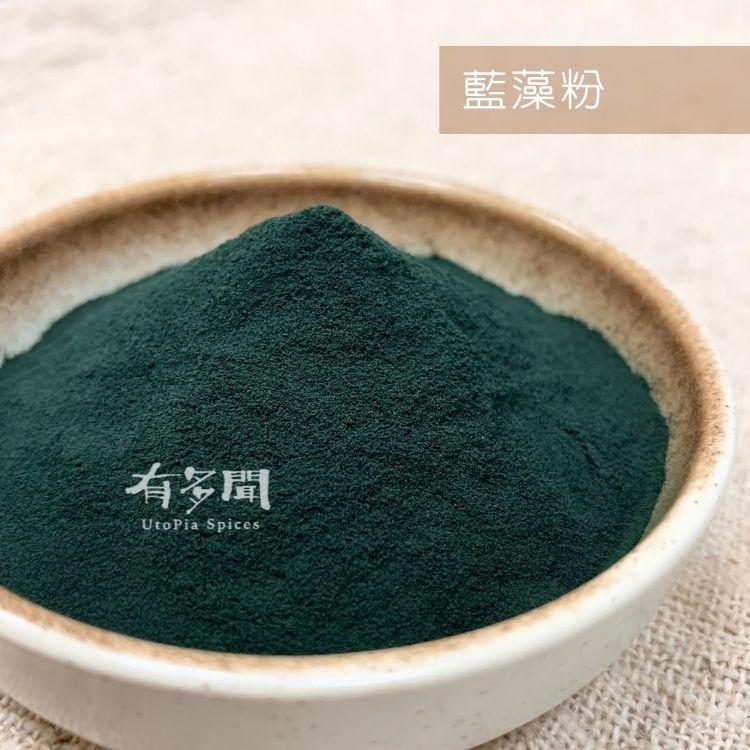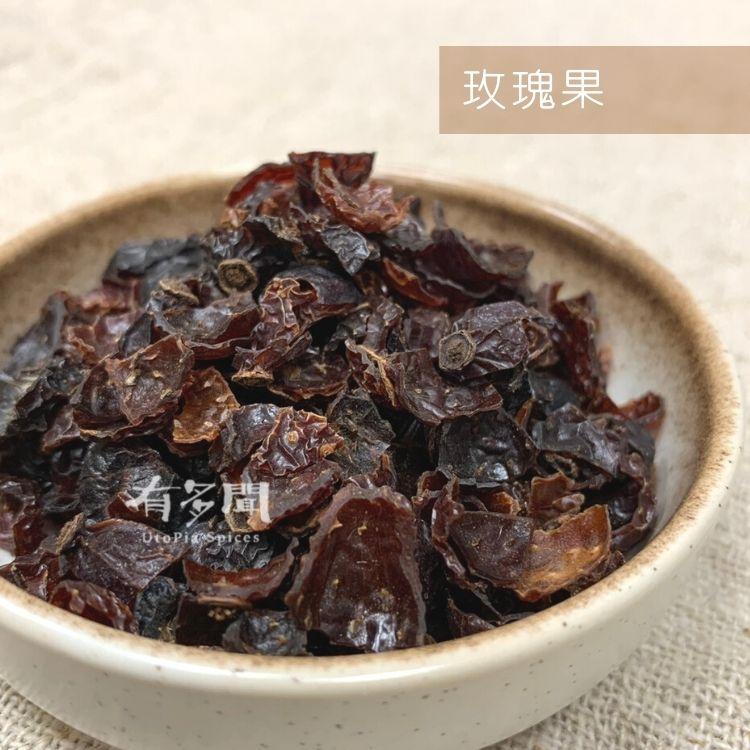
Rose hips are the fruit produced after the rose flowers bloom.
Feature:
Rose hips are usually oval or heart-shaped in shape and can be red, orange or dark purple in color when ripe.
It contains many seeds inside and is covered with many layers of fine hairs.
Taste and smell:
Taste: Ripe rose hips have a sweet and slightly sour taste. Its flavor is sometimes described as a combination of apple and tomato.
Smell: Has a light rose aroma.
Origin:
Chile
Cooking dishes:
Rosehip Tea: Rosehips are dried and used to make rosehip tea, a popular tea especially during cold weather.
Rosehip Jam: Rosehip jam can be made by boiling the rosehips and mixing them with sugar.
